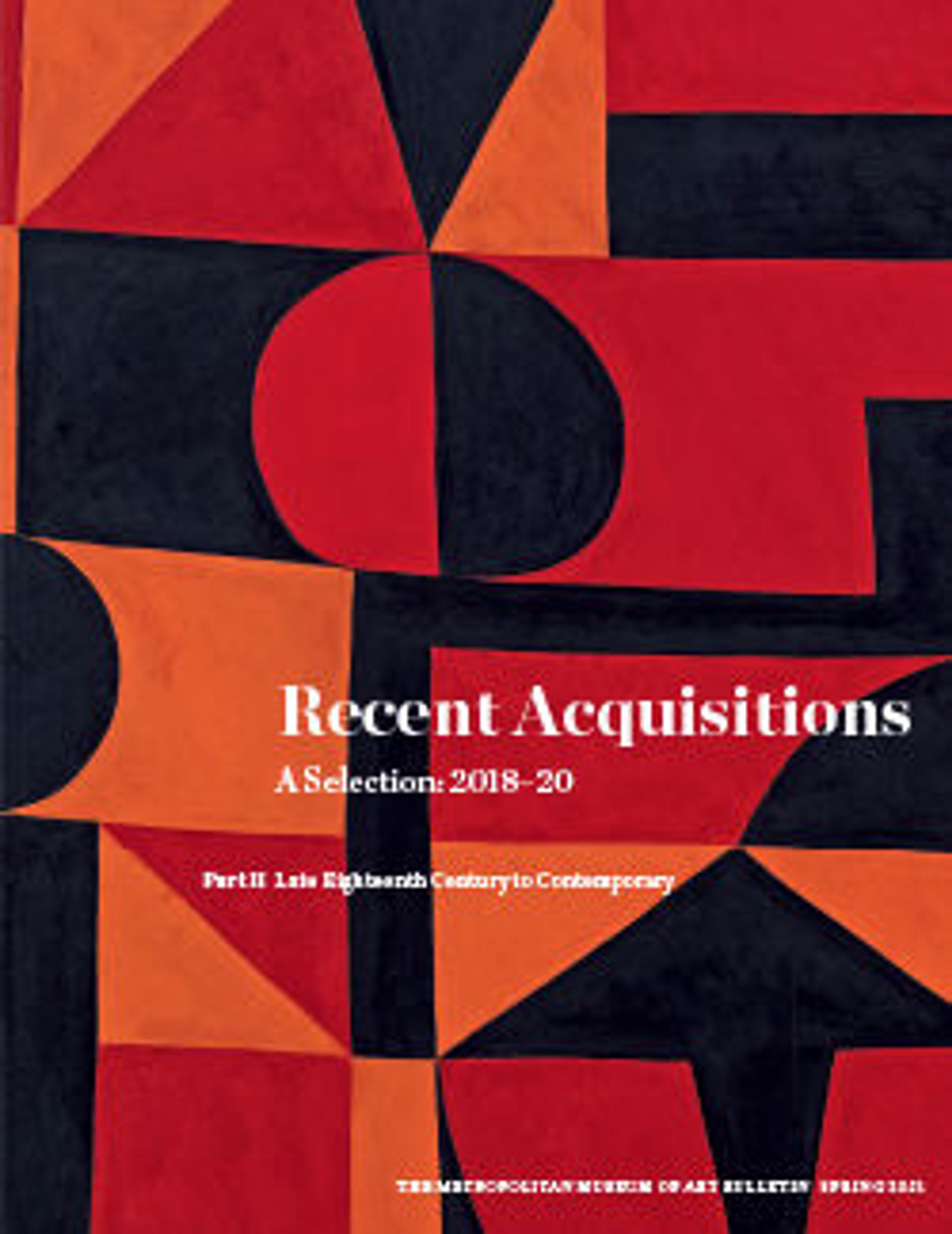Persian Travelogue: A Diary of a Journey through the region of Fars
In the mid-1830s the French tutor to the Qajar princes in Tabriz, Louise de la Marinierre, undertook a journey through what is today Fars in southwestern Iran. Accompanied only by a scribe (‘Ali Akbar), an artist (Ahmad Naqqash) and a donkey, she visited ancient sites of Achaemenid (ca. 550-330 B.C.) and Sasanian (ca. A.D. 224-651) date, including the ruins of Persepolis and Qasr-e Abu Nasr, the royal tombs at Naqsh-e Rustam and Pasargadae, the rock reliefs at Naqsh-e Rustam, Naqsh-e Rajab, Barm-e Dilak, Tang-e Chogan, Sarab-e Bahram and Firuzabad, and the famous Cave of Shapur near the ancient city of Bishapur in the Zagros Mountains. The three of them recorded their journey in text and images, which they subsequently fashioned into an illustrated manuscript that Madame de la Marinierre presented to Mohammad Shah Qajar – her former pupil – in 1838.
The illustrations in the manuscript are characterized by Ahmad’s bold and precise hand. While all of the ancient monuments he draws are clearly identifiable, some of the images show inventiveness or misunderstanding on his part. For example, in rendering the reliefs of the Persian king as a hero fighting a horned griffin that adorn many doorjambs at Persepolis, he has drawn the creature’s horn as hair. Moreover, rather than drawing damaged parts of reliefs he leaves them blank, contributing an eerie quality to some of his pictures.
This manuscript is unique because it was intended for Iranians. Most 19th century travelers to Iran wrote about its antiquities for audiences back home in Europe. In this case, however, Madame de la Marinierre, prompted by her own Classical education and by the Qajar dynasty’s fascination with the ancient past, worked with Iranian collaborators to present Achaemenid and Sasanian remains to an Iranian audience.
The illustrations in the manuscript are characterized by Ahmad’s bold and precise hand. While all of the ancient monuments he draws are clearly identifiable, some of the images show inventiveness or misunderstanding on his part. For example, in rendering the reliefs of the Persian king as a hero fighting a horned griffin that adorn many doorjambs at Persepolis, he has drawn the creature’s horn as hair. Moreover, rather than drawing damaged parts of reliefs he leaves them blank, contributing an eerie quality to some of his pictures.
This manuscript is unique because it was intended for Iranians. Most 19th century travelers to Iran wrote about its antiquities for audiences back home in Europe. In this case, however, Madame de la Marinierre, prompted by her own Classical education and by the Qajar dynasty’s fascination with the ancient past, worked with Iranian collaborators to present Achaemenid and Sasanian remains to an Iranian audience.
Artwork Details
- Title: Persian Travelogue: A Diary of a Journey through the region of Fars
- Artist: Ahmad Naqqash
- Date: 1838 CE
- Geography: Iran
- Culture: Qajar
- Medium: Black ink on paper; blue velvet binding with a flap, tight back case binding sewn onto two cotton/hemp cords (laced in), with marbled paper doublures
- Dimensions: 14 × 8 7/8 × 1 in. (35.6 × 22.6 × 2.55 cm)
- Credit Line: Purchase, Friends of Ancient Near Eastern Art and The Ishtar Society Gifts, 2019
- Object Number: 2019.116
- Curatorial Department: Ancient West Asian Art
More Artwork
Research Resources
The Met provides unparalleled resources for research and welcomes an international community of students and scholars. The Met's Open Access API is where creators and researchers can connect to the The Met collection. Open Access data and public domain images are available for unrestricted commercial and noncommercial use without permission or fee.
To request images under copyright and other restrictions, please use this Image Request form.
Feedback
We continue to research and examine historical and cultural context for objects in The Met collection. If you have comments or questions about this object record, please complete and submit this form. The Museum looks forward to receiving your comments.
